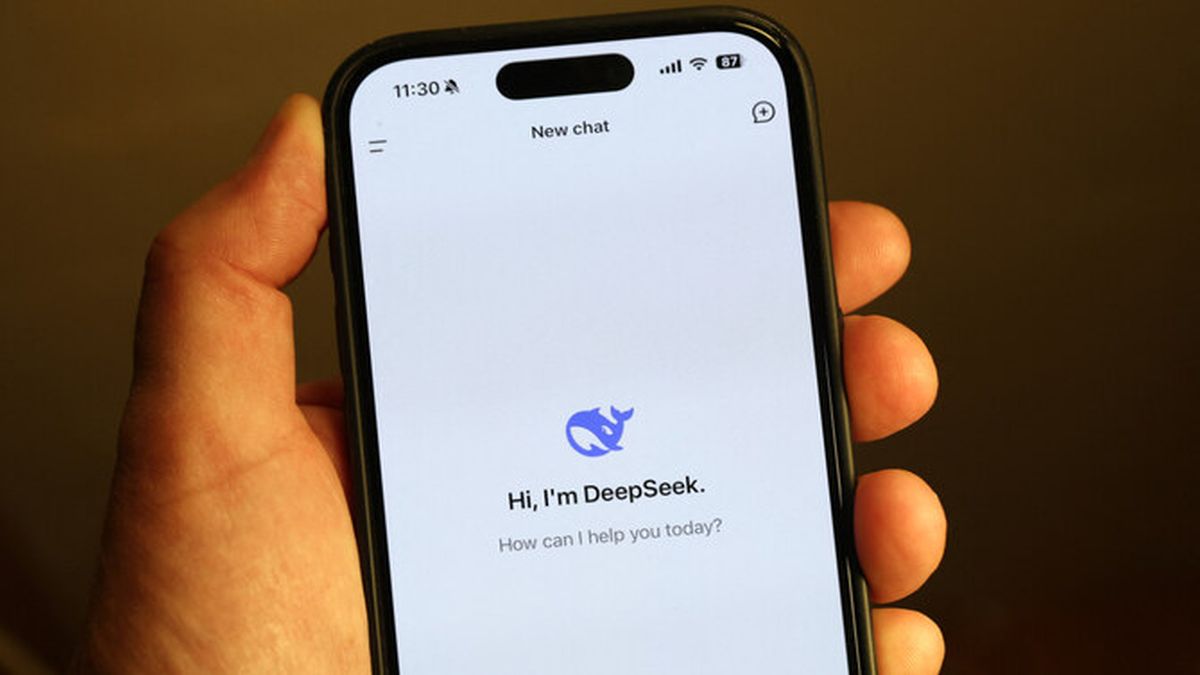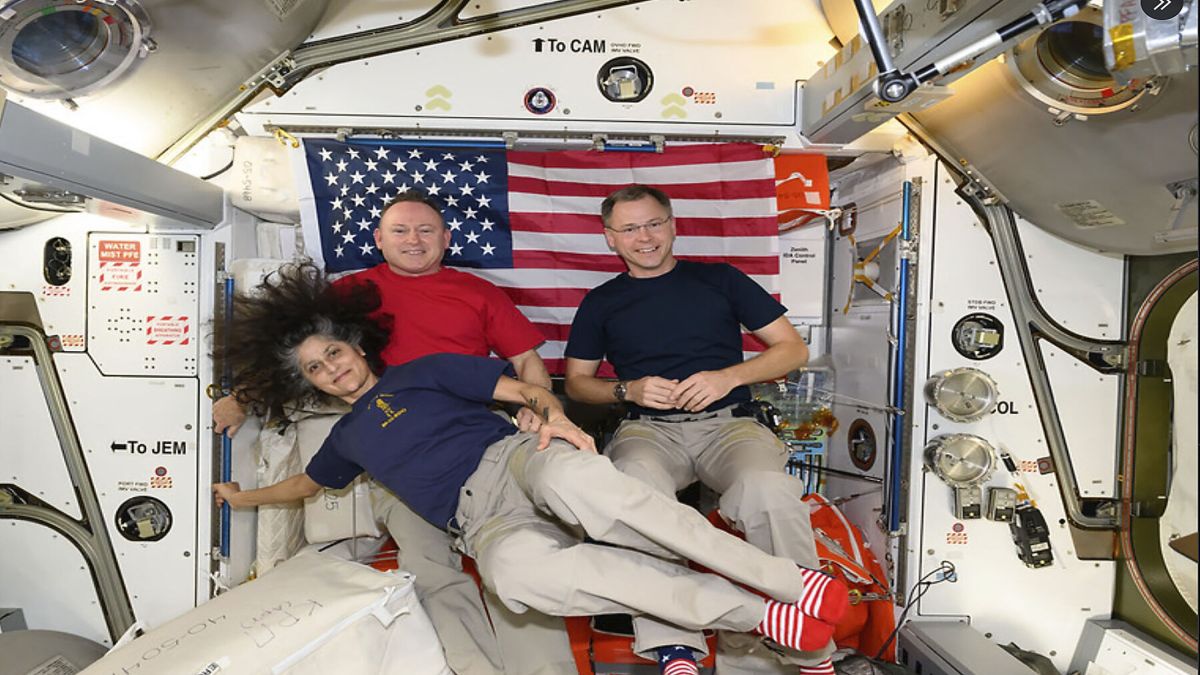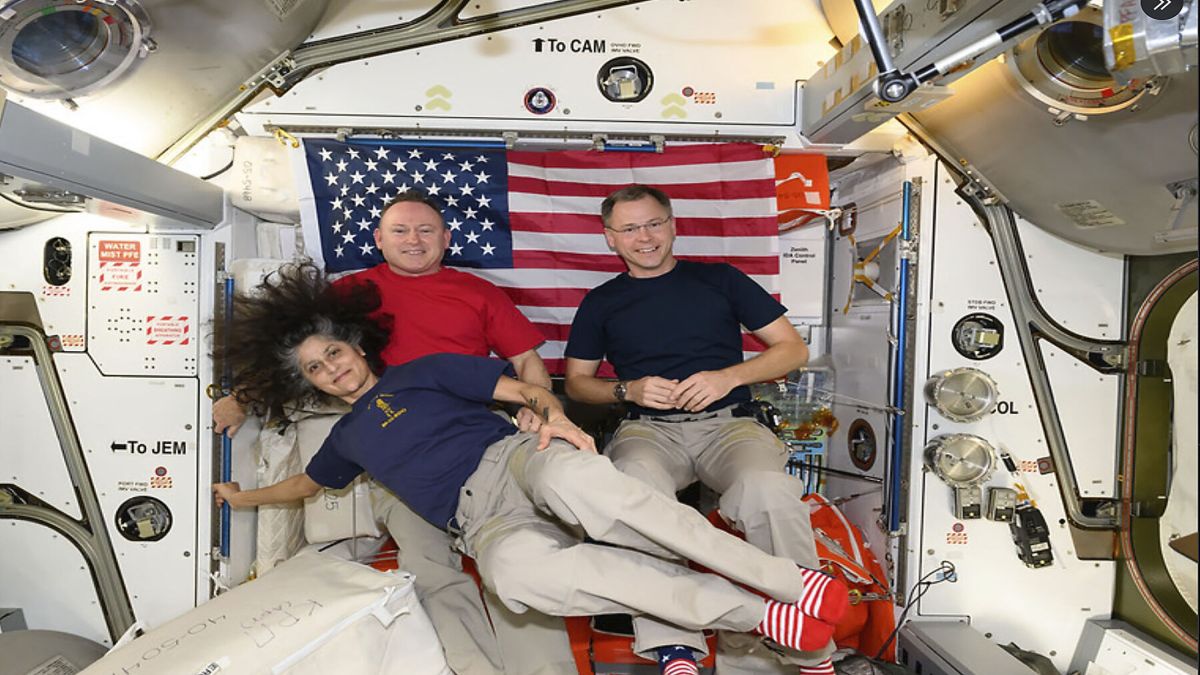There’s Tim Cook, there’s Elon Musk, there’s Sam Altman and Liang Wenfeng. While the first three names are quite popular, it’s the last name — Liang Wenfeng — that has got the world talking. After all, he’s the man behind the powerful Chinese AI model, DeepSeek R1, which has stunned industry insiders and analysts and rattled nerves on Wall Street.
Within a week, DeepSeek’s artificial intelligence chatbot was released last Monday (January 20), it has become the talk of the town — it has soared to the top of the Apple Store’s download charts — and sent shockwaves through the AI (artificial intelligence) world at large.
On Monday (January 27), the Chinese generative AI model also caused US tech stocks to plunge — Nvidia shares fell by more than 13 per cent by late morning on Monday, while rival chip companies, including Arm and Broadcom, also plunged. The tech-heavy Nasdaq crashed.
But who is behind DeepSeek? What do we know about Liang Wenfeng and how did he develop this AI chatbot?
DeepSeek founder Liang Wenfeng: From hedge fund manager to AI start-up
Liang Wenfeng has emerged as a dark horse in the industry, with some even calling him China’s Sam Altman. However, he has had an interesting journey up to here. He grew up in the 1980s in “fifth-tier city” Guangdong, China, as he told a 2024 interview. His father was a primary school teacher. He received his undergraduate and graduate degrees from Zhejiang University, one of China’s oldest and best-ranked universities.
In 2015, Liang and two of his classmates from Zhejiang University created a quantitative hedge fund, High-Flyer, whose website says it “relies on mathematics and AI for quantitative investment”. In the subsequent years, the hedge fund grew quickly in China, becoming the first quant hedge fund to raise over 100 billion RMB (either $15 billion or Rs 1.19 lakh crore). In 2021, the number fell to around $8 billion but High-Flyer remains one of the country’s most important quant hedge funds.
Around the same time, as per a report in the Financial Times, Liang also began scooping up thousands of graphic processors from Nvidia — before the Joe Biden administration began limiting US exports of AI chips to China — as a side project. According to people close to Liang no one thought it would amount to anything and was seen as just a hobby.
“When we first met him, he was this very nerdy guy with a terrible hairstyle talking about building a 10,000-chip cluster to train his own models. We didn’t take him seriously,” one of his business partners told the Financial Times. “He couldn’t articulate his vision other than saying: I want to build this, and it will be a game change. We thought this was only possible from giants like ByteDance and Alibaba,” the person added.
However, in 2023, he launched DeepSeek as an offshoot of High-Flyer, with the aim of developing artificial general intelligence, or a level of AI that matches human intelligence.
Liang Wengfeng and the rise of DeepSeek
Forty-year-old Liang is personally involved in DeepSeek and its research. Speaking to Chinese tech publication, QBitAI, he said that when putting together his team, he didn’t go looking for experienced engineers. Instead, he approached PhD students from China’s top universities such as Peking University and Tsinghua. Many had been published in top journals and won awards at international academic conferences, but lacked industry experience.
The company faced its biggest issue in 2022 when the US government started to prohibit Chinese AI companies from accessing cutting-edge chips like Nvidia’s H100. DeepSeek had to come up with a solution, and they did.
What is also very impressive is that spent only $5.6 million developing the latest iteration of their model — a fraction of what US tech giants are spending on their models.
As Wendy Chang, a software engineer turned policy analyst at the Mercator Institute for China Studies told The Wired: “They optimised their model architecture using a battery of engineering tricks — custom communication schemes between chips, reducing the size of fields to save memory, and innovative use of the mix-of-models approach. Many of these approaches aren’t new ideas, but combining them successfully to produce a cutting-edge model is a remarkable feat.”
Liang has also maintained that with DeepSeek, his intention is to acquire quick profits but to advance the technological frontier. And for that, he has vowed that the company won’t go close-source. He also pays his engineers top dollar; the Financial Times reports that DeepSeek is known for giving the highest salary to its AI engineers, who are based in offices in Hangzhou and Beijing.
Moreover, Liang runs DeepSeek as a bottom-up company without any preassigned roles or rigid hierarchy. Speaking on the same, he has been quoted as saying, “I believe innovation is, first and foremost, a matter of belief. Why is Silicon Valley so innovative? Because they dare to try. When ChatGPT debuted, China lacked confidence in frontier research. From investors to major tech firms, many felt the gap was too wide and focused instead on applications. But innovation requires confidence, and young people tend to have more of it.”
Competing with US
With DeepSeek, Liang wants to push China ahead. He has been quoted as saying, “We see that China’s AI cannot remain in a follower position forever. We often say there’s a one- or two-year gap between China and the US, but the real gap is between originality and imitation. If this doesn’t change, China will always be a follower. That’s why some exploration is inevitable.”
However, it is yet to be seen if DeepSeek can contend with its Western counterparts. As industry insiders note a lot of DeepSeek’s success depends on High-Flyer.
Additionally, US rivals aren’t just sitting back. OpenAI is creating a joint venture with Japan’s SoftBank, dubbed Stargate, with plans to spend at least $100 billion on AI infrastructure in the US. Elon Musk’s xAI is also massively expanding its Colossus supercomputer to help train its Grok AI models.
But as venture capitalist Marc Andreessen, a close advisor to US President Donald Trump, told AFP, “DeepSeek R1 could be AI’s Sputnik moment. It is one of the most amazing and impressive breakthroughs I’ve ever seen.”
With inputs from agencies


)
)
)
)
)
)
)
)
)



